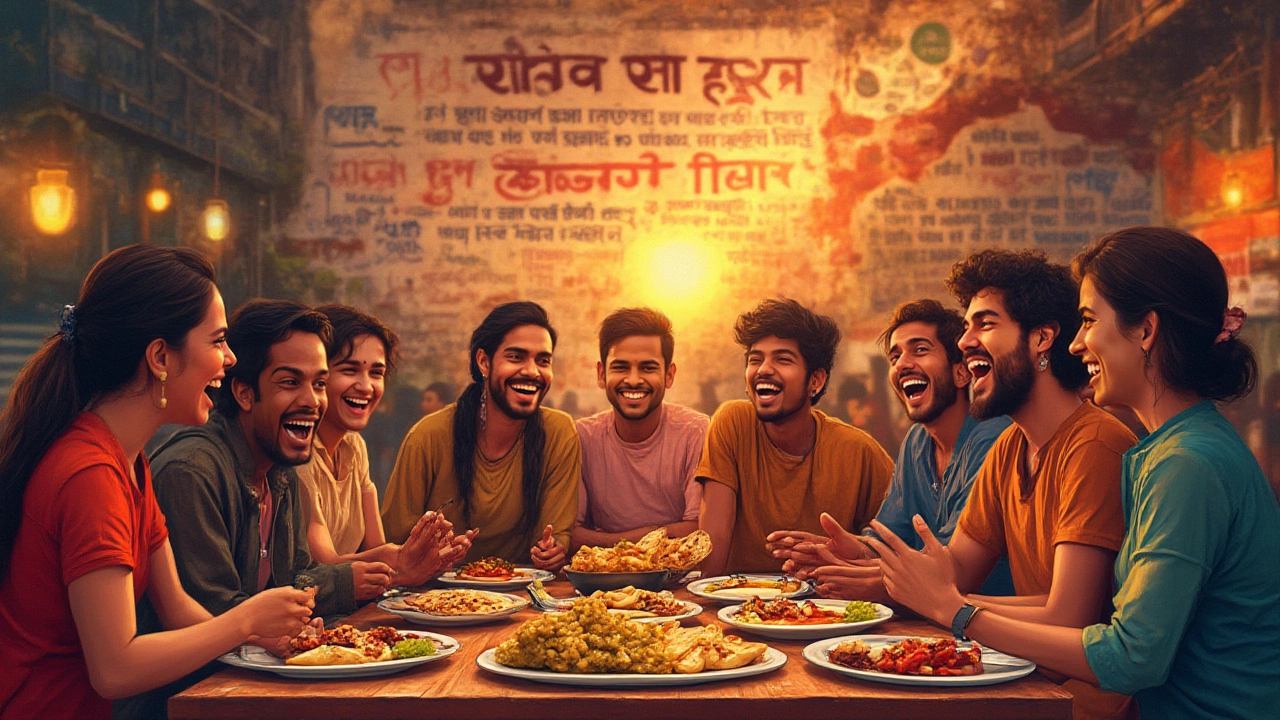Indian Cuisine Language: What Every Home Cook Should Know
Ever read a recipe that mentions "dal", "roti" or "tadka" and wondered what it really means? Indian food has its own vocab, and getting comfortable with it makes cooking easier and more fun. Below we break down the most used words, explain where they come from, and show how you can use them in your own kitchen.
Key Food Terms You’ll See All the Time
Dal – This is the umbrella word for split pulses like lentils, peas or beans. In a menu you’ll find “toor dal”, “moong dal” or “chana dal”. Each variety has a slightly different texture and cooking time, but they’re all prepared with spices and usually served with rice or roti.
Roti, Chapati, Paratha – These are all types of flatbread made from wheat flour. Roti or chapati is the plain, thin version cooked on a hot pan. Paratha gets extra oil or butter and may be layered or stuffed.
Biryani – A one‑pot rice dish where basmati rice meets marinated meat or vegetables, plus a handful of whole spices. The word itself comes from Persian, meaning “fried” or “roasted”.
Chutney – A condiment made from fresh herbs, fruit, or vegetables, blended with spices, vinegar or citrus. It can be sweet, tangy, or spicy, and it’s used to lift the flavor of a main dish.
Tadka (or Tempering) – A technique where whole spices are briefly fried in hot oil or ghee, then poured over cooked lentils or vegetables. The sizzling oil releases the spice aromas and adds depth.
How Language Shapes Indian Cooking
India has many languages, and that shows up in food names. For example, "puri" is called "poori" in Hindi, but you’ll see "puri" in Gujarati recipes. The same dish might be described as “bhaji” in Marathi and “sambar” in Tamil. Knowing a few regional names helps you follow recipes from different states without getting confused.
Spice names also vary. “Coriander” in English is “dhaniya” in Hindi, “kothmir” in Bengali, and “malli” in Telugu. When you shop at an Indian grocery, the label will usually have the local name, so matching it with the recipe term avoids mix‑ups.
Another tip: many Indian dishes are identified by their cooking method. “Saag” means leafy greens cooked with spices, while “pakora” signals a deep‑fried bite made from batter‑coated vegetables. If you recognize the method word, you can guess the texture and flavor even before tasting.
Finally, keep an eye on the word “masala”. It simply means a blend of spices. A “garam masala” is a dry mix toasted and ground together, while “tikka masala” is a wet sauce used for chicken or paneer. Knowing that “masala” always points to spice helps you adjust heat levels or swap ingredients.
Take a few minutes to write down the terms you encounter most often. When you see them in a new recipe, you’ll instantly know what you’re dealing with, and you’ll feel more confident in the kitchen.
So next time you scroll through an Indian recipe, you won’t be stuck at “dal” or “tadka”. Instead, you’ll recognize each word, understand its role, and be ready to whip up a tasty dish without a hitch.
Indian Curry Slang: Fun Nicknames and Popular Lingo Explained
Curious about the funny and catchy slang for Indian curry? Discover cheeky nicknames, quirky history, and fascinating facts used by curry lovers worldwide.
